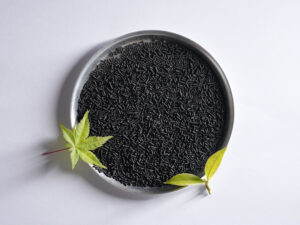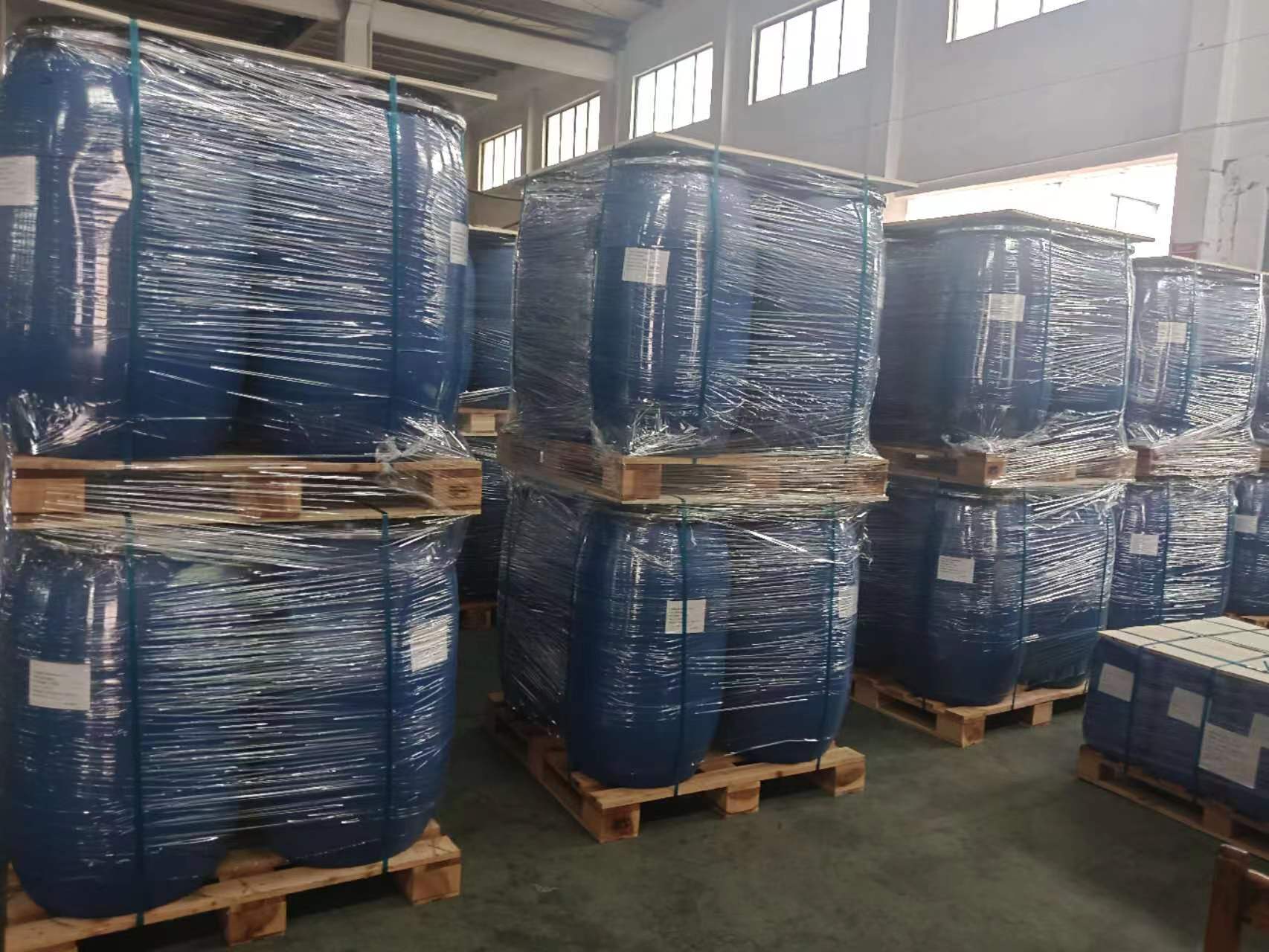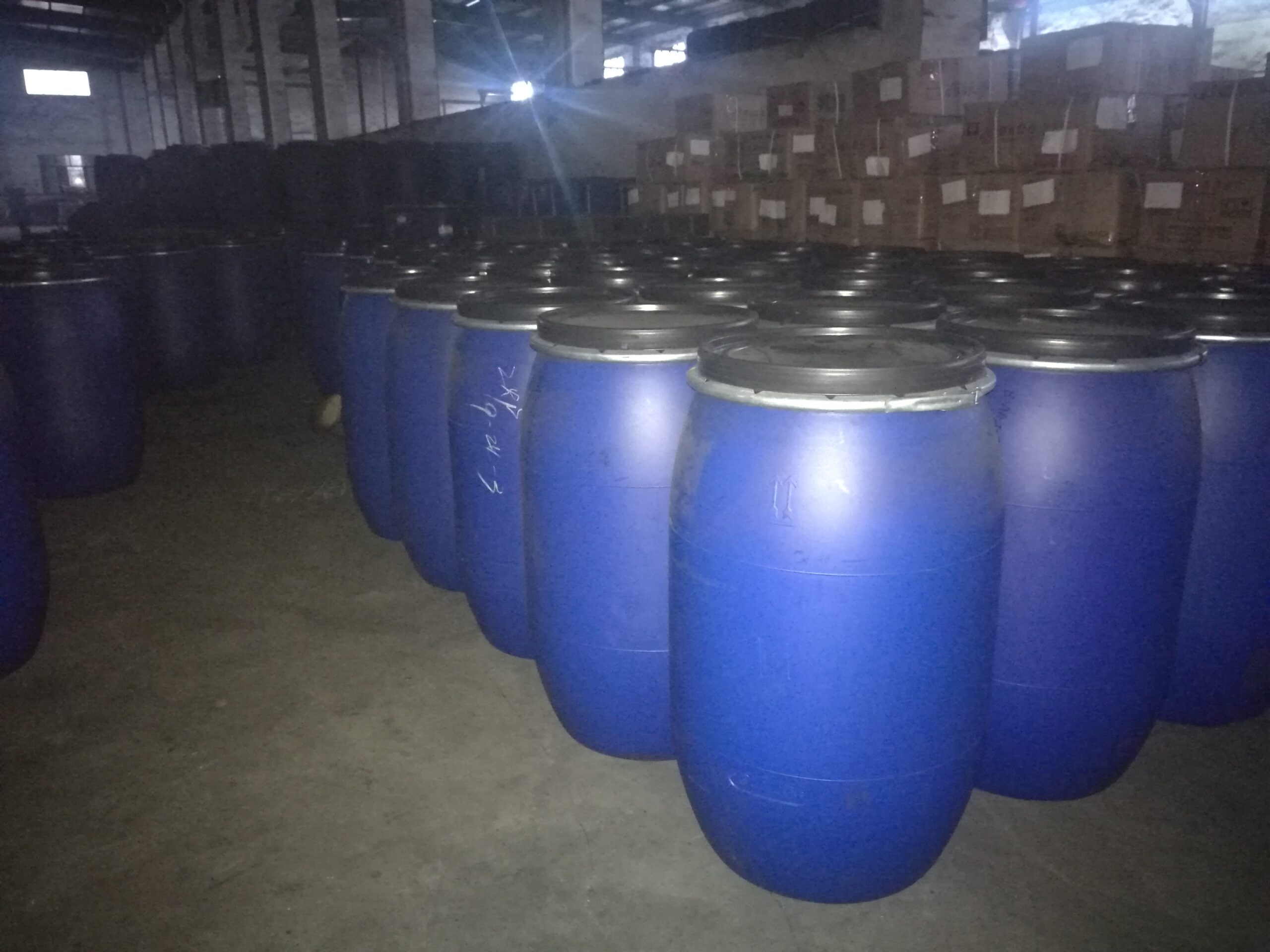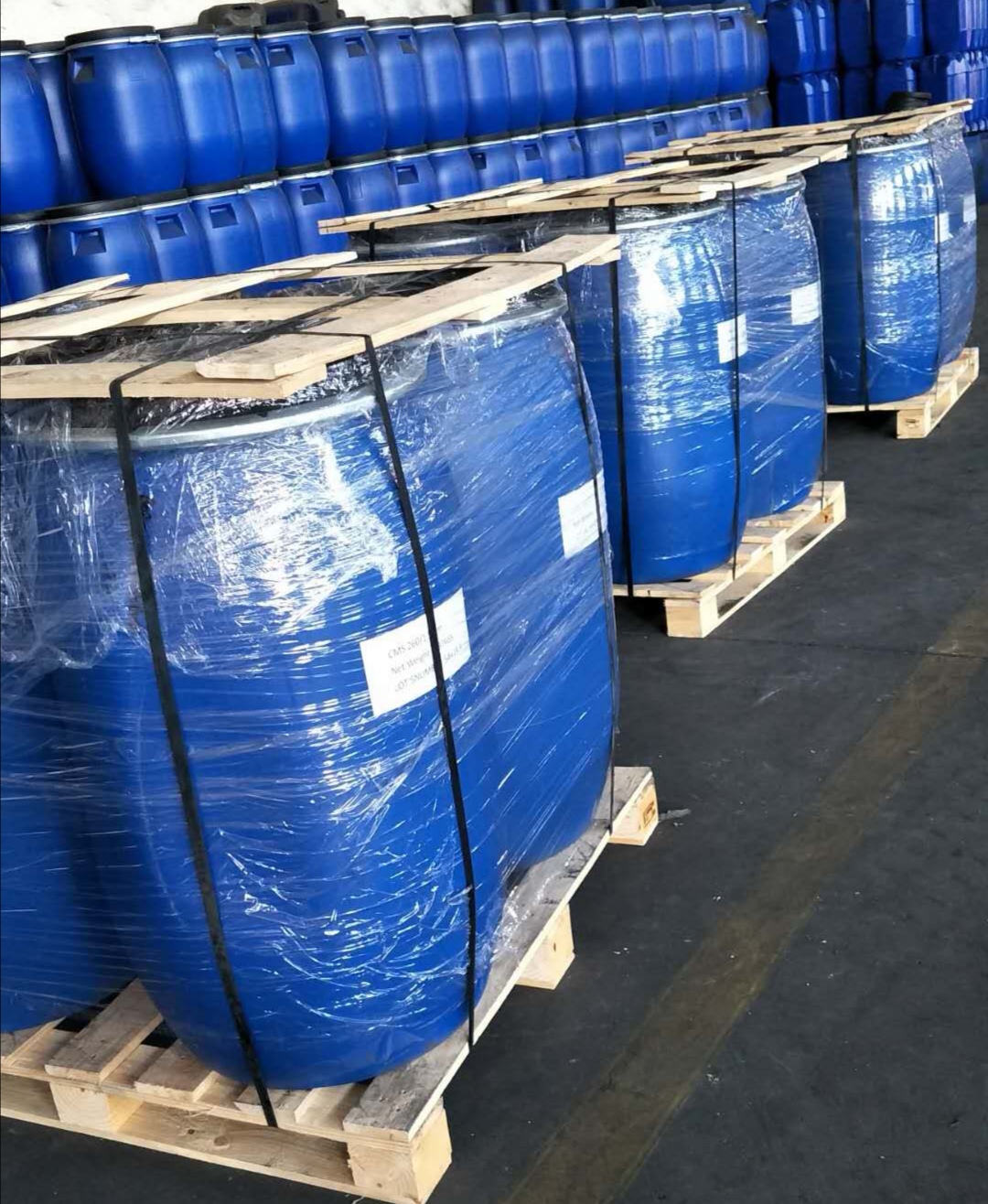The influence of molecular sieves on the efficiency of nitrogen production
Molecular sieves play a crucial role in the pressure swing adsorption process for nitrogen production. Their performance directly affects the efficiency of nitrogen production and the quality of the nitrogen gas. Understanding the mechanism by which molecular sieves influence the efficiency of nitrogen production is of great significance for optimizing the nitrogen production process, reducing production costs, and enhancing production efficiency.
Molecular sieves are silicon-aluminum-based crystals with uniform microporous structures. Their pore diameters are comparable to those of ordinary molecules, and they can selectively adsorb molecules based on their size and shape. This property is known as the “separation” effect. In the process of nitrogen production by pressure swing adsorption,air first enters the adsorption tower filled with molecular sieves. Due to the stronger adsorption capacity of molecular sieves for gases such as oxygen and carbon dioxide compared to nitrogen, under certain pressures, oxygen and other impurity gases are adsorbed by the molecular sieves, while nitrogen is separated as the product gas. When the adsorption reaches saturation, the pressure is reduced (desorption) to allow the impurity gases adsorbed on the molecular sieves to be desorbed, thereby achieving the regeneration of the molecular sieves and enabling the next round of adsorption. The entire nitrogen production process continuously produces nitrogen through periodic adsorption and desorption operations.
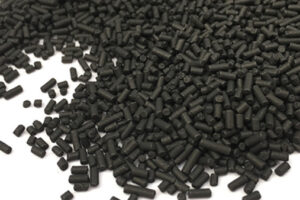
The pore size of molecular sieves determines their selectivity in adsorbing different gas molecules. For the nitrogen production process, an appropriate pore size can ensure strong adsorption capacity for impurity gases such as oxygen, while minimizing the adsorption of nitrogen. For example, the pore size of 5A molecular sieves is approximately 0.5nm, which can effectively adsorb small molecules such as oxygen (molecular diameter approximately 0.346nm), carbon dioxide (molecular diameter approximately 0.33nm), etc., while having a relatively weak adsorption capacity for nitrogen (molecular diameter approximately 0.364nm), thereby achieving efficient nitrogen-oxygen separation. If the pore size of the molecular sieve is too large, it will lead to a decrease in the adsorption capacity for impurity gases such as oxygen, resulting in a lower purity of the produced nitrogen; if the pore size is too small, it may affect the diffusion rate of gases, reduce the adsorption efficiency, and thereby affect the nitrogen production efficiency.
The specific surface area and pore volume of molecular sieves directly determine their adsorption capacity. A larger specific surface area means there are more active sites on the surface of the molecular sieve for gas molecules to adsorb; a larger pore volume indicates a greater number of gas molecules that can be accommodated. Generally, the specific surface area of high-performance molecular sieves can reach 800 – 1000 m²/g, and the pore volume is in the range of 0.3 – 0.4 cm³/g.
The adsorption kinetics performance reflects the speed at which molecular sieves adsorb gas molecules, and it directly affects the cycle period of the nitrogen production process. Molecular sieves with a fast adsorption rate can reach adsorption equilibrium in a short time, reducing the time required for a single adsorption-desorption cycle, thereby increasing the gas production rate per unit time of the nitrogen production equipment. The crystal structure and particle size of molecular sieves have a significant impact on the adsorption kinetics performance. Smaller molecular sieve particles can shorten the diffusion path of gas molecules, accelerate adsorption and desorption speeds, but too small particles will increase the bed layer resistance and affect gas flow. For example, in laboratory tests, reducing the particle size of molecular sieve from 1.5mm to 1.0mm shortened the adsorption equilibrium time by 20%, but increased the bed layer pressure drop by 15%. Therefore, the particle size needs to be comprehensively considered to achieve the best balance between adsorption efficiency and flow resistance.

The nitrogen production efficiency varies among different types of molecular sieves. The 5A molecular sieve, with its moderate pore size and excellent adsorption selectivity, has become the mainstream choice in the field of nitrogen production. In industries such as electronic manufacturing and chemical synthesis that require high purity of nitrogen (above 99.9%), the 5A molecular sieve can efficiently separate nitrogen and oxygen, and stably produce high-purity nitrogen. When dealing with large air flow rates, its large adsorption capacity ensures the continuous and stable operation of the equipment, and the switching frequency of the adsorption tower is low, resulting in high nitrogen production efficiency. The 13X molecular sieve has a larger pore size (about 1.0 mm), and in addition to adsorbing oxygen and carbon dioxide, it can effectively remove various impurity gases such as water, hydrogen sulfide, and mercaptans. In scenarios such as natural gas purification and nitrogen production in high-humidity environments, the 13X molecular sieve can deeply purify the raw gas. Although it also has a certain adsorption effect on nitrogen, resulting in a slightly lower nitrogen purity than that of the 5A molecular sieve, it can still ensure the stable operation of the nitrogen production equipment under complex conditions and maintain a relatively high nitrogen production efficiency overall.
By adopting multi-level adsorption or combined processes and integrating different types of molecular sieves or nitrogen production methods, the respective advantages can be fully exploited. For instance, in the pre-treatment stage of the raw gas, 13X molecular sieves can be used to remove most impurities, and then 5A molecular sieves can be utilized for deep separation, which can alleviate the burden on 5A molecular sieves and improve the overall nitrogen production efficiency and nitrogen purity. Moreover, combining pressure swing adsorption nitrogen production with membrane separation nitrogen production, taking advantage of the rapid separation characteristics of membrane separation for initial enrichment, and then purifying through PSA technology, can meet the efficient nitrogen production requirements in different scenarios.
Molecular sieves, as the core component of pressure swing adsorption nitrogen production, their characteristics such as pore size, specific surface area, adsorption kinetics performance, stability, and the features of different types of molecular sieves all have a profound impact on the efficiency of nitrogen production. Through technological innovation and process optimization, continuously exploring the performance potential of molecular sieves will provide strong support for the efficient, green, and sustainable development of the nitrogen production industry. With the continuous emergence of new materials and new technologies, the application prospects of molecular sieves in the field of nitrogen production will be even broader.
